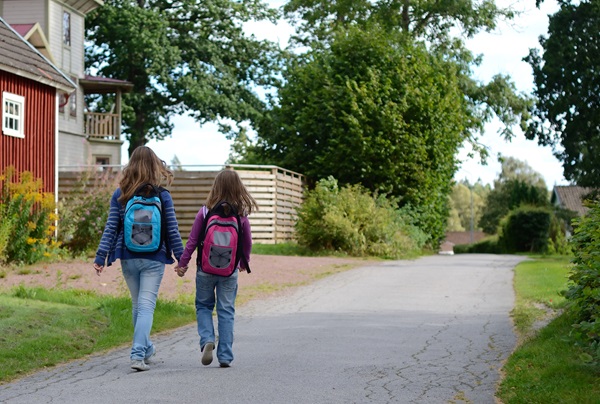Rural schools and local communities: how to enable a virtuous circle

Relationship between schools and local communities
Rural schools and communities share many similar concerns. For example, having access to adequate transportation services and digital infrastructure benefits the whole rural community, including schools. Attracting and retaining qualified employees is important for both, as is offering versatile services for inhabitants and learning opportunities for pupils.
When a rural school closes, it often puts the sustainability of the whole local livelihood at stake. Direct and indirect jobs created by the school are lost, potential newcomers with children are discouraged to move in and young families may consider relocating to other areas. Therefore, many rural communities are fighting to keep their schools open.
Nurturing school-community cooperation
Rural communities are often close-knit environments where schools can develop strong community ties. Teachers can establish closer relationships with their pupils and their families to cater to their specific requirements and offer distinctive and inventive learning experiences.
Schools can also serve as meeting places for all community members and offer physical facilities for different community activities like sports and culture.
There are multiple educational opportunities and benefits facilitated by the local community. For example, rural schools can provide a ‘place-based curriculum’, with emphasis on children’s relationship with nature and awareness of local history, identity and culture. Small rural schools can also make use of their community’s potential to enrich the educational experience of their pupils, which in turn builds social capital and social cohesion.
Active parents, active community
The PISA 2015 report showed that parents in rural areas are more involved in their schools than their urban counterparts, for example, discussing their children’s progress with teachers or participating in the school's governance. Parents may also give their support through fundraising, building maintenance, organising extracurricular activities or even providing teaching support.
Further reading
Additional information
-
Area:Rural
-
Education type:School Education
-
Target audience:TeacherStudent TeacherHead Teacher / PrincipalTeacher EducatorGovernment / policy makerResearcherNot-for-profit / NGO staffParent / Guardian
-
Target audience ISCED:Primary education (ISCED 1)Lower secondary education (ISCED 2)Upper secondary education (ISCED 3)
